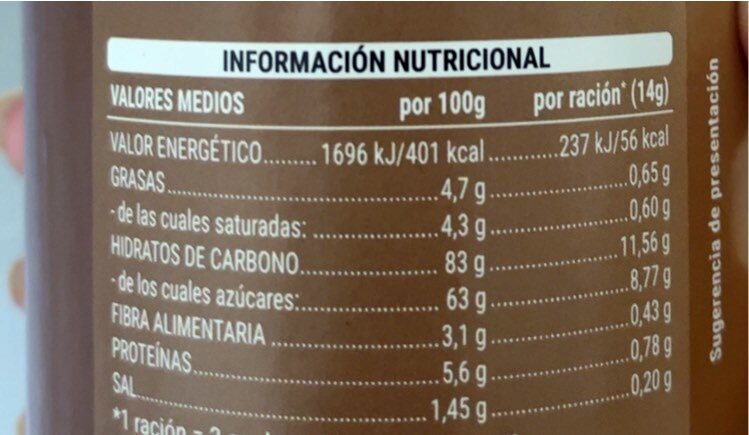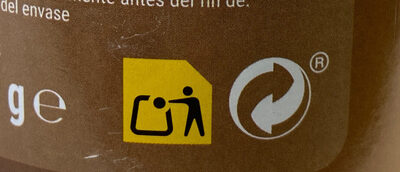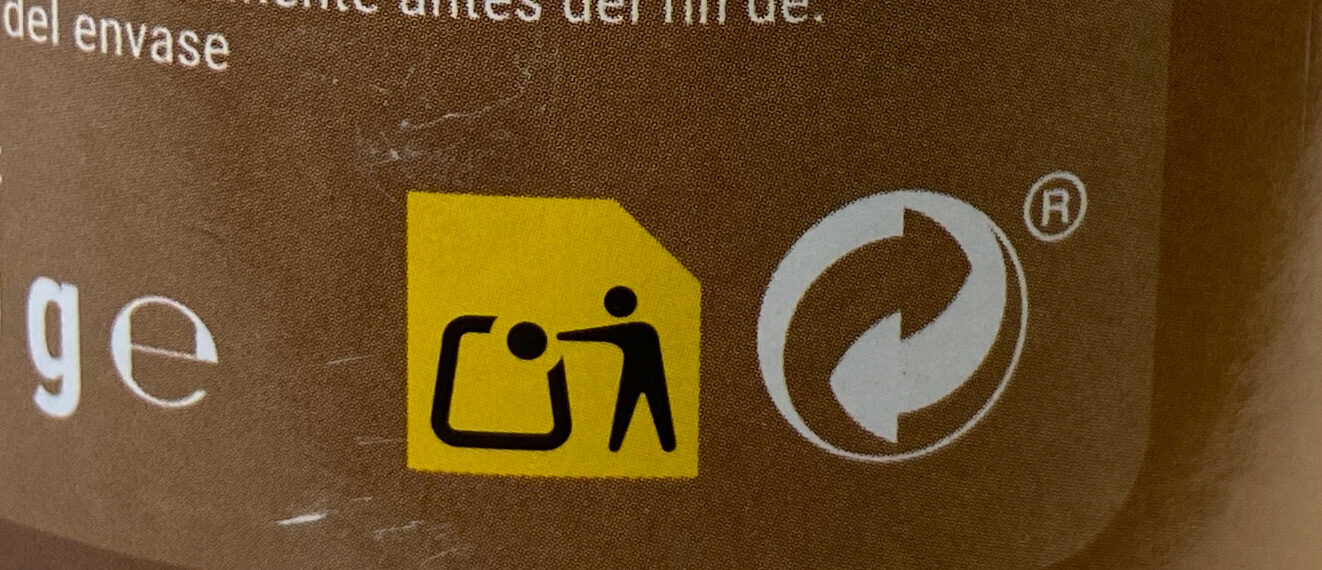Capuccino - Hacendado - 250 g
Codi de barres: 8480000234063 (EAN / EAN-13)
Nom comú: Preparado alimenticio en polvo para bebida de café
Quantitat: 250 g
Empaquetament: es:1 Tapa de plastico, es:1 envase de aluminio
Marques: Hacendado
Categories: Aliments i begudes amb base vegetal, Begudes, Aliments amb base vegetal, Cafè, Begudes instantànies, Cafès solubles, en:Powdered cappucino
Etiquetes, certificacions, premis:
Lliure de gluten, Punt verd
Origen dels ingredients: Espanya
Botigues: Mercadona
Països on es va vendre: Espanya
Matching with your preferences
Report a problem
Fonts de dades
Producte afegit per openfoodfacts-contributors
Última modificació de la pàgina del producte per ccarliita.
La pàgina del producte, també editada per alia, kiliweb, mochameter, off.c9ef05cab788fc78934e5e8f673ffc1, roboto-app, yuka.sY2b0xO6T85zoF3NwEKvlhBDYebai2meNxvimknWwezVcYbCSPhK5Lr6Iqs, yuka.sY2b0xO6T85zoF3NwEKvlmltXcWGjmjBPBLmoBXXxti1EJ25TP1_7o-naKo.










